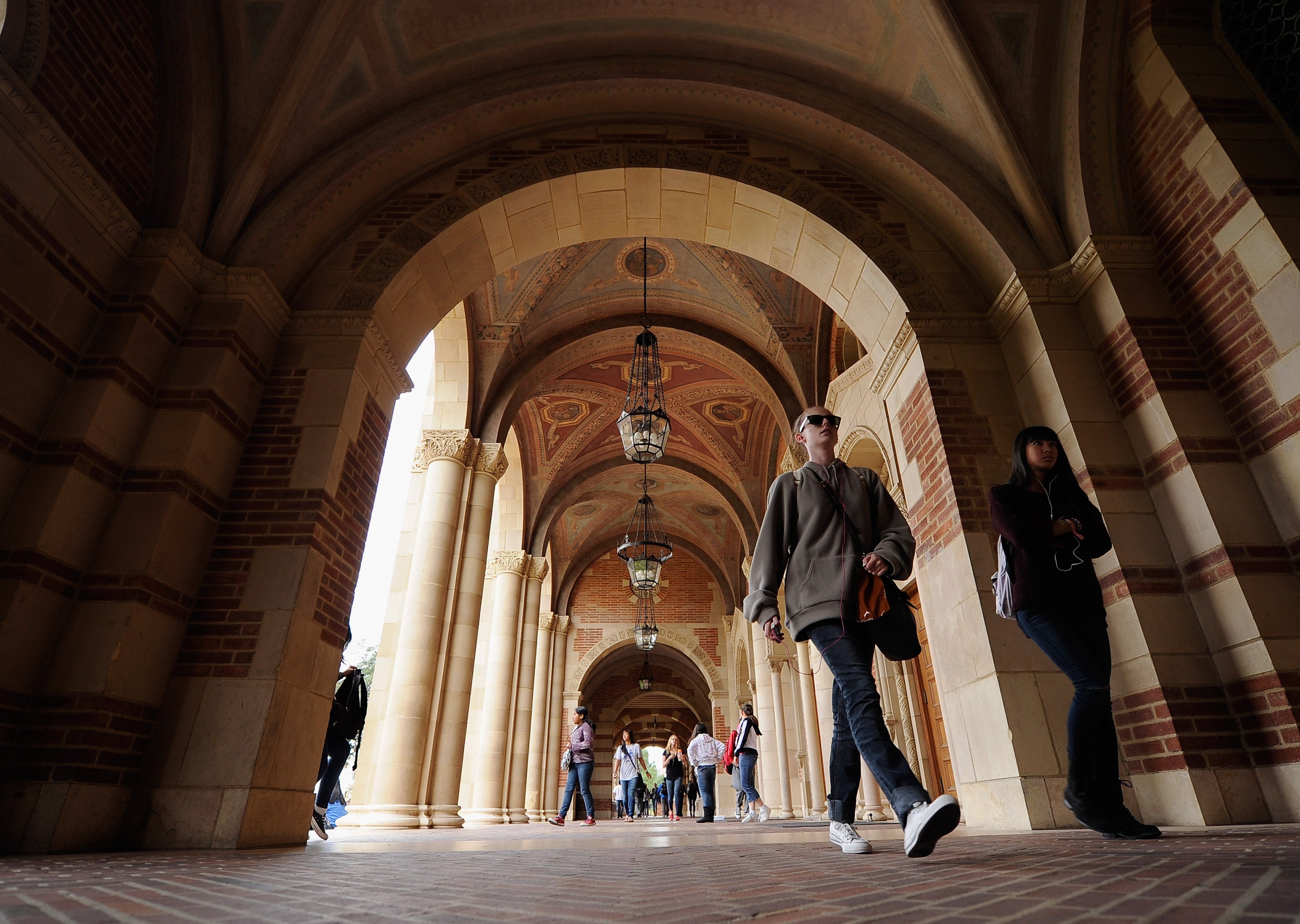Number of international students in the United States falls after decades of increase
Over half of all international students came from either China or India

Your support helps us to tell the story
From reproductive rights to climate change to Big Tech, The Independent is on the ground when the story is developing. Whether it's investigating the financials of Elon Musk's pro-Trump PAC or producing our latest documentary, 'The A Word', which shines a light on the American women fighting for reproductive rights, we know how important it is to parse out the facts from the messaging.
At such a critical moment in US history, we need reporters on the ground. Your donation allows us to keep sending journalists to speak to both sides of the story.
The Independent is trusted by Americans across the entire political spectrum. And unlike many other quality news outlets, we choose not to lock Americans out of our reporting and analysis with paywalls. We believe quality journalism should be available to everyone, paid for by those who can afford it.
Your support makes all the difference.The number of international students at US colleges fell during the 2020-21 school year amid the Covid-19 pandemic, according to a survey released Monday — but there are initial signs of an uptick this fall.
For more than 70 years, the number of students from abroad at US colleges and universities had been steadily rising, from about 25,000 students in 1948-49 to more than one million in recent years.
Then the pandemic hit.
With border closings, flight cancellations and numerous other challenges to global mobility in the 2020-21 academic year, the number of international students dropped 15 per cent from the previous year, to about 914,000. (That number includes students taking online classes from US schools, whether on campus or from overseas.)
The drop was driven by fewer first-time students coming from abroad: The number of new international students fell more than 45 per cent from the 2019-20 school year to the next.
The data from the State Department and the Institute of International Education (IIE) is closely watched, because students from overseas have helped schools become more diverse and cosmopolitan, brought in tuition revenue and increased competition for coveted admissions slots.
Even with the decline, international students made up 5 per cent of all those in US higher education, adding $39 billion (£29 billion) to the national economy in 2020.
The impact on US students studying abroad was even more stark. Colleges shuttered their overseas programs and rushed more than 50,000 students home in spring 2020 as borders closed and the virus spread. Then summer programs collapsed, dropping 99 per cent.
Matthew Lussenhop, acting assistant secretary for the bureau of educational and cultural affairs at the State Department, said on a press call that the pandemic affected international education and student mobility around the world, and the United States is no exception. “But throughout the pandemic, the United States remained open and welcoming to international students,” showing dedication and flexibility in supporting them with online programs, deferred enrollment or other measures, he said.
The Open Doors survey included some 3,000 colleges and universities in the United States, and looked at both enrolled students and those here on optional practical training, or temporary work related to their field of study.
More than half of all international students came from China or India.
This fall, snapshot data from a smaller group of universities indicates a slight rebound in the number of international students, with a 4 per cent increase overall.
Some officials said they were optimistic. Anthony Bailey, vice president for strategic and global initiatives at the University of Southern California - one of the US schools with the most international students, hosting 15,000 in the 2020-21 academic year - wrote in an email that the school “witnessed promising recovery in Fall 2021 from last year’s Covid-19 impact.” International student enrollment there is up almost 13 per cent over fall of 2020, he said.
“US colleges and universities remained open and welcoming in face of Covid-19 challenges and are well prepared for what’s ahead,” said IIE’s chief executive, Allan E. Goodman.
The Washington Post
Join our commenting forum
Join thought-provoking conversations, follow other Independent readers and see their replies
Comments